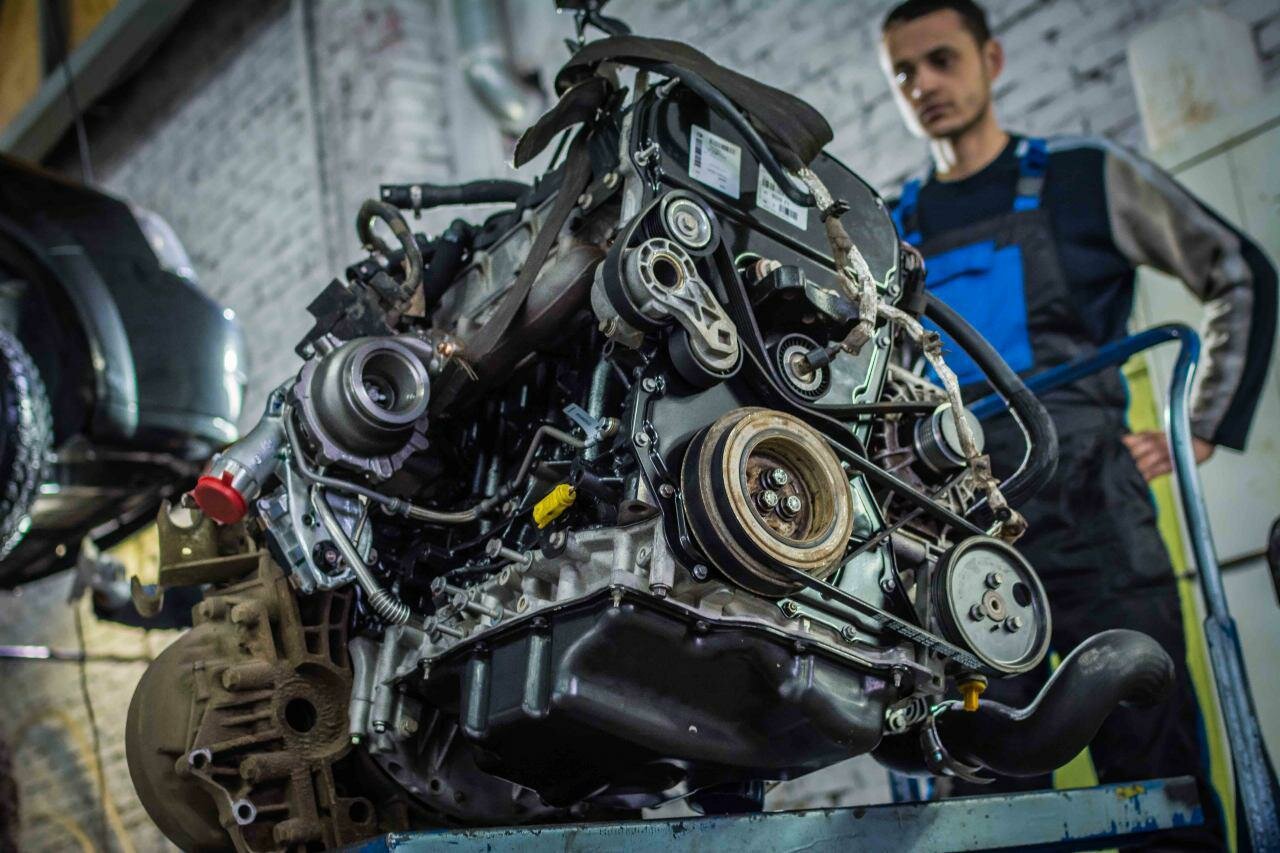Honda Lawn Mower Engines: A Brief Overview
The Legacy of Honda in Small Engine Manufacturing
Honda has built a formidable reputation in the world of small engines, particularly in the lawn care industry. Founded in 1948, Honda began as a motorcycle manufacturer and quickly expanded its horizons to include a wide range of power equipment. By the 1970s, Honda had established itself as a leader in engine technology, known for its reliability and performance. The company’s foray into lawn mowers was a natural progression, leveraging its engineering prowess to create durable and efficient machines that have become staples in residential and commercial landscaping.
Honda lawn mowers are equipped with advanced engines that promise smooth operation, fuel efficiency, and low emissions. However, like any mechanical device, these engines are not immune to problems. Users often encounter various issues that can hinder performance and lead to frustration. Whether it’s a stubborn start, uneven cutting, or excessive vibration, understanding these common problems is essential for effective maintenance and repair.
Over the years, Honda has made strides in improving engine design and functionality, but the complexity of modern engines can lead to a host of issues. From carburetor malfunctions to ignition failures, recognizing the symptoms and knowing how to address them is crucial for any Honda lawn mower owner. This article will delve into the most prevalent engine problems associated with Honda lawn mowers, providing insights into their causes and potential solutions.
Common Honda Lawn Mower Engine Problems
1. Starting Issues
Starting problems are among the most frequent complaints from Honda lawn mower owners. These issues can stem from various sources, including:
- Fuel Quality: Old or contaminated fuel can lead to poor engine performance. Always use fresh fuel and consider adding a fuel stabilizer if the mower will sit unused for an extended period.
- Battery Problems: For electric start models, a weak or dead battery can prevent the engine from starting. Regularly check the battery’s charge and connections.
- Clogged Air Filter: A dirty air filter restricts airflow, making it difficult for the engine to start. Clean or replace the air filter as needed.
2. Engine Stalling
Engine stalling can occur during operation, which is frustrating and can lead to uneven cutting. Common causes include:
- Fuel Blockage: A clogged fuel line or filter can restrict fuel flow, causing the engine to stall. Inspect and clean the fuel system regularly.
- Overheating: Insufficient oil levels or a malfunctioning cooling system can cause the engine to overheat and stall. Regularly check oil levels and ensure the cooling fins are clean.
- Ignition Problems: Worn spark plugs or faulty ignition coils can lead to inconsistent engine performance. Replace spark plugs as part of routine maintenance.
3. Uneven Cutting
If your Honda lawn mower is leaving uncut patches, it may be due to engine issues or blade problems:
- Blade Dullness: A dull blade can tear grass rather than cut it cleanly, leading to uneven results. Sharpen or replace blades regularly.
- Engine Power Loss: If the engine isn’t running at full power, it may struggle to maintain cutting efficiency. This could be due to fuel or air intake issues.
- Deck Height Adjustment: Ensure that the mower deck is set to the appropriate height for the type of grass being cut.
4. Excessive Vibration
Excessive vibration during operation can indicate underlying problems:
- Unbalanced Blades: If the blades are not balanced, they can cause significant vibration. Ensure blades are properly installed and balanced.
- Loose Engine Mounts: Check for loose bolts or mounts that can lead to excessive movement during operation.
- Worn Bearings: Bearings that are worn out can cause vibration and noise. Inspect and replace as necessary.
5. Oil Leaks
Oil leaks can lead to serious engine damage if not addressed promptly:
- Worn Seals: Over time, seals can wear out, leading to leaks. Inspect seals regularly and replace them if necessary.
- Loose Drain Plug: Ensure that the drain plug is tight after oil changes to prevent leaks.
- Cracked Engine Block: In severe cases, a cracked engine block can cause oil leaks. This requires immediate attention from a professional.
Top views |
|
|---|---|
 |
Oil, Timing Chains, Pistons: What Really Kills an Engine Prematurely? |
 |
How to Choose a Car with a Reliable Engine: Used Car Market Hacks That Actually Work |
Symptoms and Consequences
Understanding the symptoms associated with Honda lawn mower engine problems can help in diagnosing issues early. Below is a table summarizing common symptoms and their consequences:
| Symptom | Possible Consequence |
|---|---|
| Difficulty starting | Engine failure or prolonged downtime |
| Engine stalls frequently | Inconsistent cutting and potential engine damage |
| Uneven cutting | Increased lawn maintenance and poor aesthetics |
| Excessive vibration | Potential injury risk and damage to mower components |
| Oil leaks | Severe engine damage and environmental hazards |




0 Comments